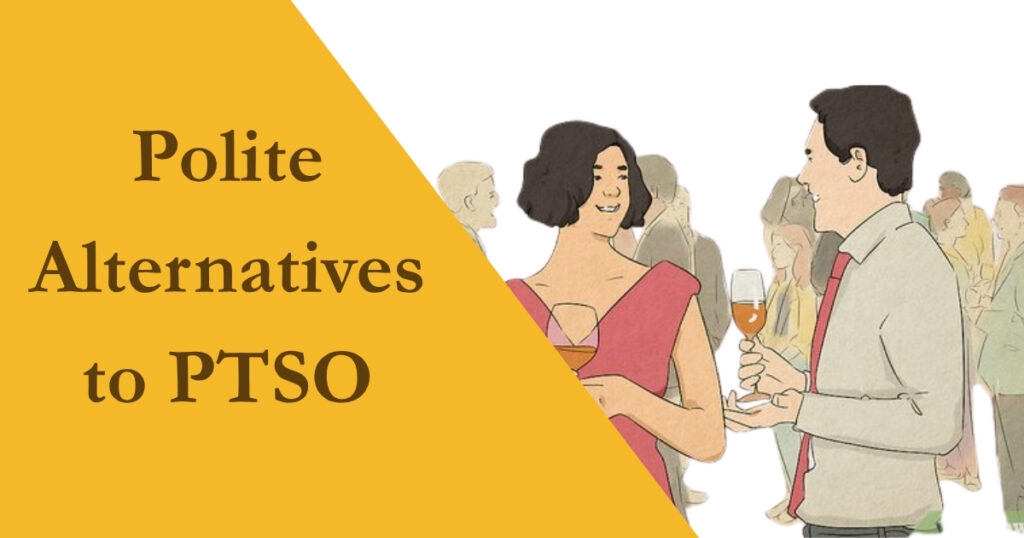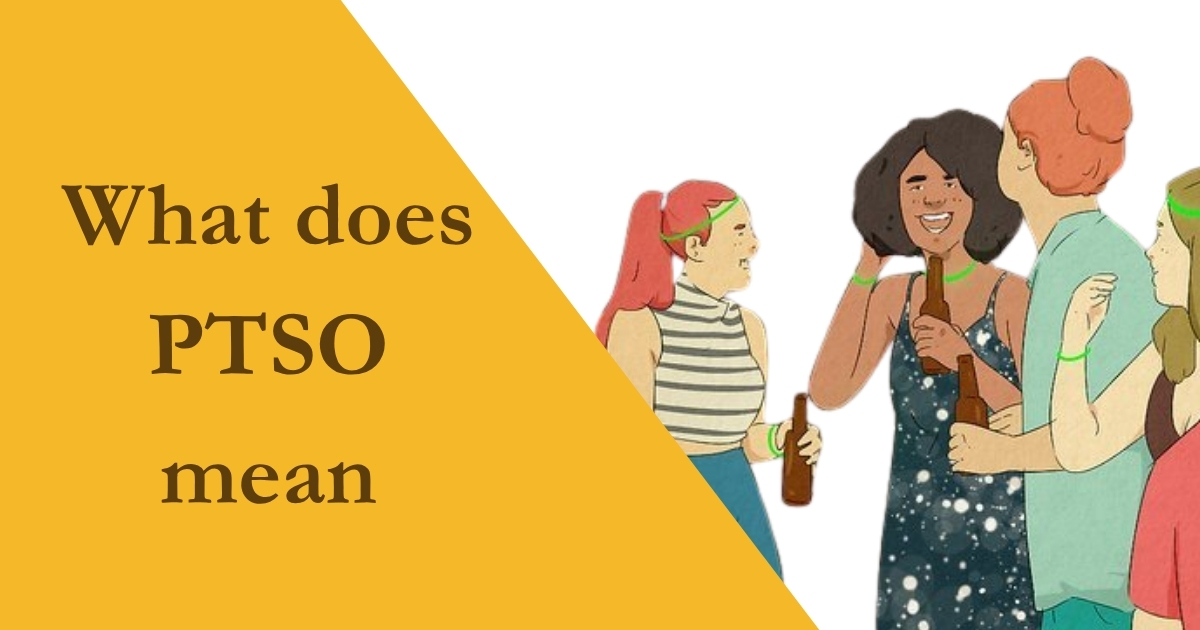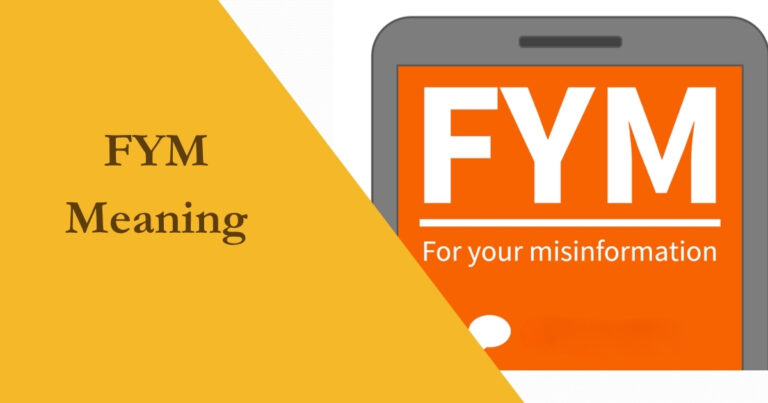What does PTSO mean? Well explained, PTSO meaning
PTSO meaning in text may seem like just another acronym in a sea of abbreviations, but its significance touches countless lives. Understanding what does PTSO mean is crucial, especially in today’s world where mental health awareness is more important than ever.
This article will demystify the term and explore its implications, shedding light on how it relates to various experiences and challenges individuals face. By the end, you will have a comprehensive understanding of PTSO and its relevance in the context of emotional well-being.
Read More: What Does EYP Mean? Clear Explanation of the Abbreviation
What Does PTSO Mean?
PTSO, or Parent Teacher Student Organization, embodies a collaborative spirit that transcends the traditional roles of education. This group is more than just an acronym; it’s a dynamic alliance where parents, teachers, and students unite to enhance the educational experience.
By fostering open communication and encouraging active participation, PTSOs create a supportive community that empowers all stakeholders. When you engage with your PTSO, you’re not merely attending meetings; you’re contributing to a shared vision for a thriving school environment.
Polite Alternatives to PTSO-Related Expressions

Polite alternatives to PTSO-related expressions can transform the perception of parent-teacher interactions into a more collaborative and supportive narrative.
- The term “Parent-Teacher Collaboration” not only emphasizes the partnership between educators and families but also fosters an environment where shared goals for student success take center stage.
- This refined language invites all stakeholders to actively engage in the educational journey, creating a sense of unity that goes beyond mere participation.
- This terminology reflects a commitment to building a nurturing atmosphere where everyone contributes to students’ growth.
- Similarly, referring to a “School Advisory Board” underscores the collective decision-making process, emphasizing that every voice matters in shaping the educational landscape.
Professional Alternatives to PTSO-Related Expressions
In professional contexts, embracing polite alternatives to PTSO-related expressions can significantly elevate the tone of discussions. By using terms like “Educational Leadership Team,” you establish a sense of authority and responsibility, emphasizing that decisions are made collaboratively and with a focus on educational outcomes.
- This term not only reflects a commitment to leadership but also signifies a shared vision among educators and administrators.
- Adopting phrases such as “School Governance Committee” or “Institutional Partnership Council” contributes to a more structured dialogue, aligning with the expectations of formal settings.
- These alternatives highlight the systematic approach to decision-making and collaboration, fostering an environment where diverse perspectives are valued.
- Similarly, the term “Student and Family Engagement Network” emphasizes inclusivity, inviting all stakeholders to participate actively in the educational process.
Casual Alternatives to PTSO-Related Expressions
Using polite alternatives to PTSO-related expressions can create a more inviting atmosphere in discussions about school involvement. For instance, referring to a “School Club” instantly makes the concept of organized activities feel more accessible and friendly, allowing everyone to feel like they belong.
- This straightforward term emphasizes community rather than formality, fostering a sense of togetherness among parents and educators alike.
- Opting for “Parent-Teacher Team” shifts the focus from a hierarchical structure to a collaborative partnership.
- It highlights the idea that both parents and teachers are working hand-in-hand for the benefit of students.
- Calling it a “Student Support Squad” introduces an element of fun, especially appealing to younger audiences.
How to Choose the Best Alternative

When choosing the right alternative to PTSO, context plays a pivotal role in shaping your decision. In formal settings, such as school board meetings or official communications, you’ll want to select terminology that reflects professionalism and respect.
- In informal situations, like casual conversations with parents or students, more relaxed language can foster connection and openness.
- Audience awareness is equally critical; understanding who you are addressing can significantly influence your choice of words.
- When communicating with teachers, a straightforward and respectful tone resonates well, while interactions with students may benefit from a more approachable and friendly manner.
Optimized Texting Examples
To make it easier to use these expressions in real-life texting scenarios, here are ten user-friendly and SEO-optimized texting examples:
- Can’t wait for the next Faculty and Parent Association gathering.
- Our Student Support Squad is planning a volunteer drive. Let’s spread the word!
- Join the Learning Crew! We need more volunteers for the school carnival.
- The Parent-Teacher Team is setting up a book fair. Let’s help out!
- Hey! Are you attending the Parent-Teacher Collaboration meeting this evening?
- The School Advisory Board is organizing a fundraiser next week. Want to join?
- Looking forward to our next Student-Parent Partnership discussion!
- Do you know who’s leading the Educational Support Team this semester?
- Our Academic Support Community is planning an event. Let’s discuss it later!
- Excited to be part of the School Governance Committee this year!
Conclusion
In summary, grasping the concept of what does ptso mean and being able to articulate it in various contexts significantly improves your communication skills, whether in formal settings or informal discussions. By selecting the most suitable expressions, you can convey your ideas more effectively, ensuring that your audience fully understands your message.
This adaptability not only enhances clarity but also fosters a more engaging dialogue. Remember to apply the provided examples in your texts, as they serve as a useful reference for achieving your communication goals. Embrace these strategies and watch your interactions flourish.







